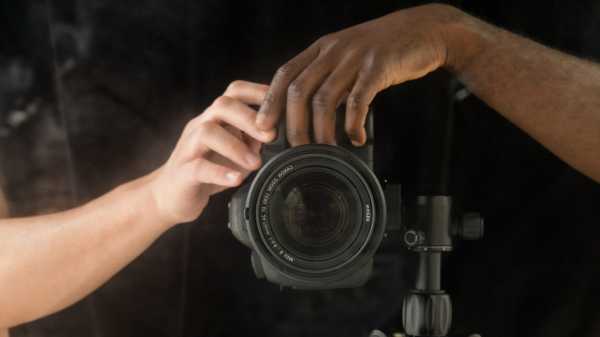
What are the conditions for making portrait photography? These days, if you’ve got a phone and a face, you’re all set. Historically, though, taking a portrait meant having a studio. For much of the nineteenth century, the length of a camera’s exposure required sitters to hold their poses for as long as a minute; if they moved, they’d be rendered as a blur. The earliest known portrait (also the first selfie and the first scene staged for the camera) was made in 1840, by Hippolyte Bayard, a Parisian pioneer of the medium, whose rival was Louis Daguerre. Bayard posed as a corpse, in part because the process that he had invented entailed keeping still for twelve minutes. (Perhaps unsurprisingly, he spent the rest of his life shooting buildings.) Daguerreotypes, on the other hand, became wildly popular, and studios proliferated all over the world, from France to Liberia, where Augustus Washington, who was born a free man in New Jersey to a formerly enslaved man and an Asian woman, opened one, in 1853. By the mid-twentieth century, a portrait could be shot in a flash anywhere, but the private realm of the studio retained its allure.
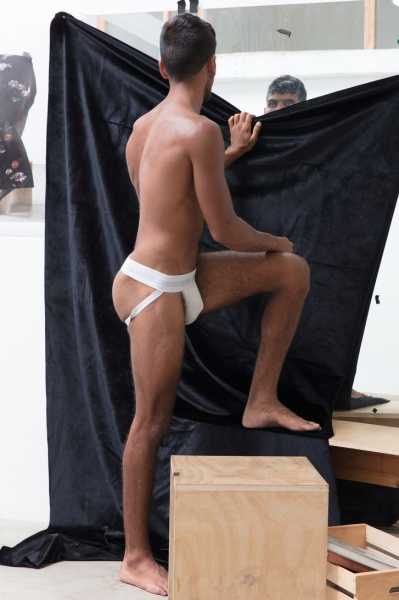
“Model Study (0X5A3973),” 2018.
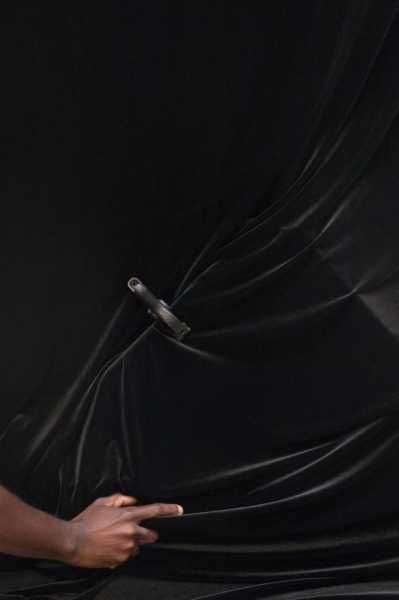
“Darkcloth (_2000142),” 2016.
The historical intimacies of the portrait studio and the agency of a black man behind the camera are among the subjects of the impressive pictures in Paul Mpagi Sepuya’s new show, “The Conditions,” at Team Gallery, through April 13th. The series continues an exploration that the thirty-six-year-old photographer, who is based in L.A., began as an undergrad at N.Y.U., from which he graduated in 2004. His subjects are typically lovely queer men—himself included—who pose alone or together, naked or clothed, in puzzle-like compositions, accompanied by such photo-studio staples as clamps, tripods, and lenses. Black and brown velvet backdrops are draped behind bodies, their lush expanses playing off—and standing in for—dark skin, although the bodies that Sepuya eyes are neither exclusively black nor always male. Mirrors and sliced segments of printed photos are incorporated into the pictures, heightening their visual complexity. Sometimes portions of the figures are cropped out of the frame, leaving hands and arms center stage, unencumbered by bodies. The results can appear so kaleidoscopic that it’s hard to believe that they’re not collages.
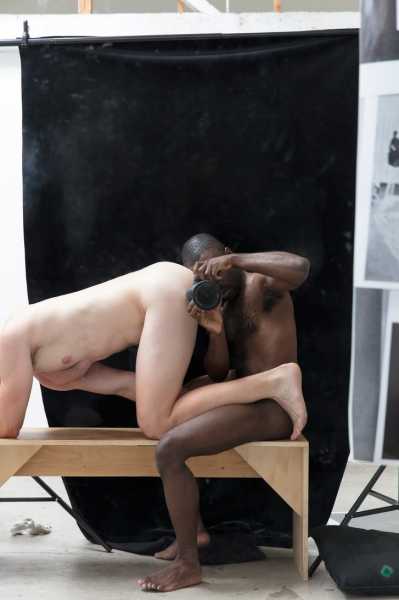
“Drop Scene (0X5A8165),” 2018.
All of this fragmentation serves a conceptual purpose and also a compositional one, underscoring the marginalized position that L.G.B.T.Q. figures have occupied for most of art history. Sepuya’s frankly queer eye also unlocks a hidden history of the studio as a safe space for free expression. The social stigma of gay desire in the age before Stonewall may be unimaginable now, but, not so long ago, pictures like “Drop Scene (0X5A8165)”—in which the artist steadies his camera against another man’s naked haunch—were distributed surreptitiously. The modernist fashion photographer George Platt Lynes believed that his most important contribution to art was his male nudes, but they were also a secret that he kept until his death, in 1955. In an interview last year, Sepuya spoke of his interest in “queer modernism” like Lynes’s and said that he hoped that his own work would lead viewers “to think about the structures of photography, portraiture, and of queer sociality in new ways.”
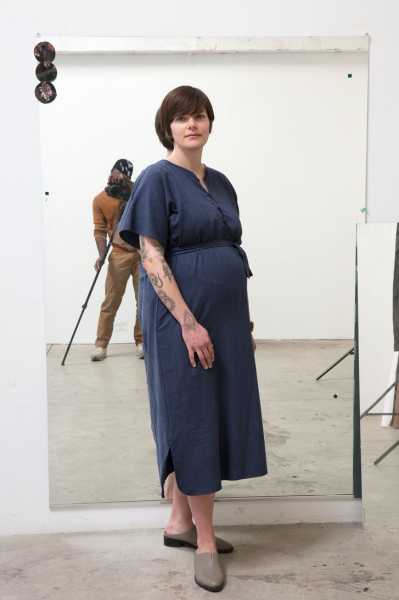
“A Portrait (0X5A6109),” 2017.

“A Portrait (0X5A2258),” 2017.
What is perhaps the most tender portrait in “The Conditions” is one of the simplest. A beautiful young man is seated, with a dancer’s grace, in front of a black backdrop, in a white shirt and a black skirt, unless it is simply the backdrop behind him wound chicly around his waist. The fabrics merge too seamlessly to discern. The figure, who has pale skin and a curly mop of black hair, coupled with holes in his socks, suggests an urchin straight out of Caravaggio. Like all of Sepuya’s increasingly sophisticated work, the reference unites ideas of identity and mechanics. The Italian painter was not only a master of the homoerotic but an artist whose studio tools likely included a mirror, a lens, and dark fabric—the conditions of a camera obscura.
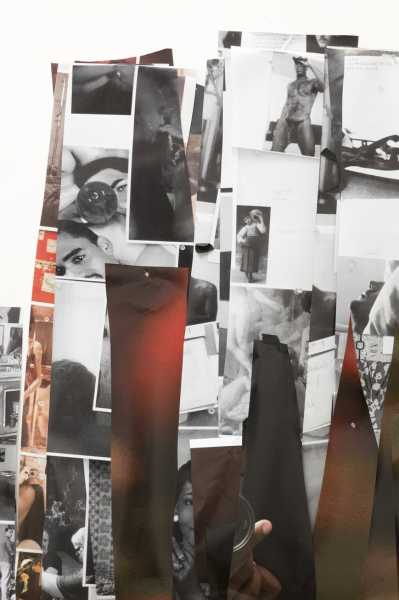
“Studio (_1000021),” 2018.
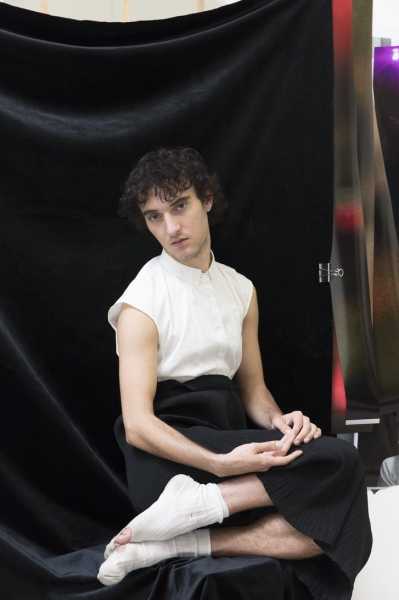
“A Portrait (0X5A8325),” 2018.
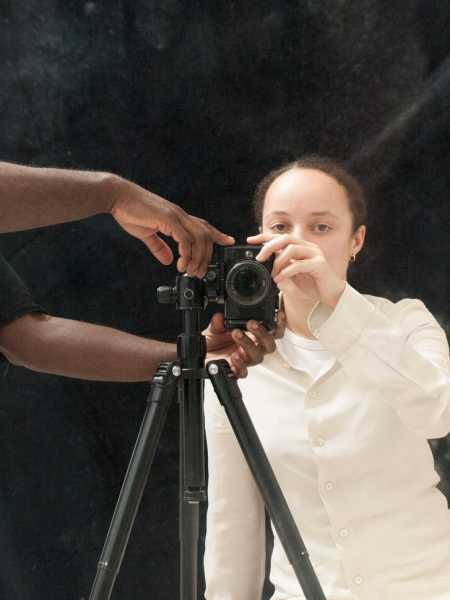
“Darkroom Mirror (_2150768),” 2018.
Sourse: newyorker.com






